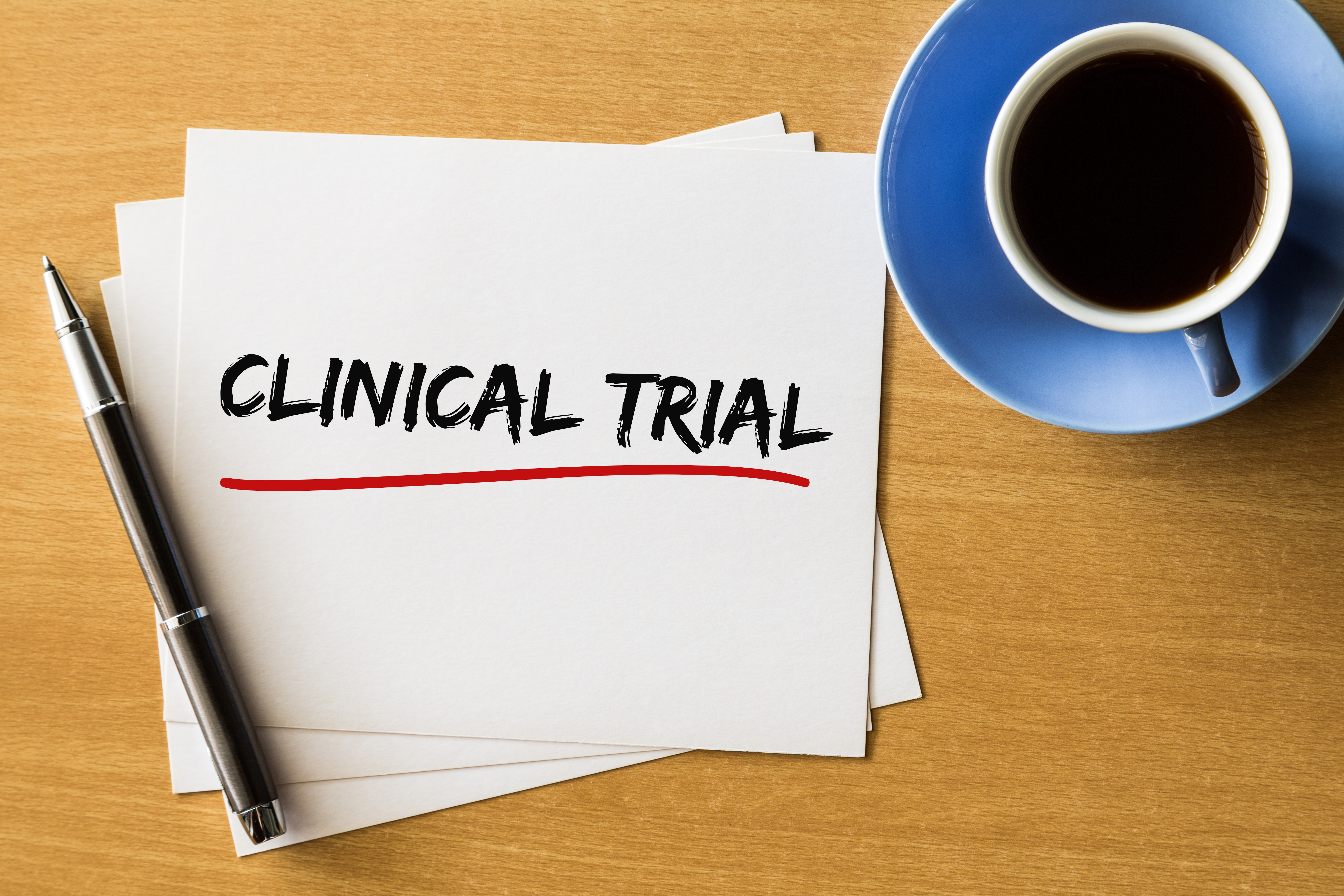Merck’s Atacicept Shows Potential to Control Lupus Activity in Phase 2 Study

Merck recently reported positive results from its Phase 2b study of the experimental drug atacicept as a treatment for systemic lupus erythematosus, with particularly good results in patients with high disease activity.
The study, “Efficacy and Safety of Atacicept in Patients with Systemic Lupus Erythematosus: Results of a 24-week Randomized, Placebo-Controlled, Phase IIb Study,” was presented at the 2016 American College of Rheumatology/Association of Rheumatology Health Professionals (ACR/ARHP) Annual Meeting in Washington, D.C., that ran Nov. 11–16.
The trial, called ADDRESS II (NCT01972568), randomized 306 lupus patients to one of two dose groups of atacicept (75 or 150 mg) or to placebo. The treatment was administered as once weekly subcutaneous injections for 24 weeks.
Its main outcome was the proportion of patients who achieved a clinical response, measured by the SLE Responder Index (SRI)-4 at week 24. The SRI-4 is defined as a composite endpoint requiring at least a four-point reduction in Systemic Lupus Erythematosus Disease Activity Index 2000 (SLEDAI-2K) score, no worsening from baseline in the Physician’s Global Assessment of Disease Activity score (PGA), and no new British Isles Lupus Assessment Group (BILAG) scores. Although the study did not meet the primary goal, other measures included in the trial, such as the SRI-6 response rate and time to severe flare, assessed by SLEDAI flare index (SFI) and BILAG, gave a positive picture of the treatment.
Also, when using day 1 of the treatment as the starting point for analyzing treatment effect (instead of a baseline at screening visit) the results tended to favor atacicept. In patients receiving the 75 mg dose, 55.9 percent had a clinical response. In the 150 mg group, the proportion was 55.8 percent, while 41 percent of those treated with placebo had a response.
Disease flares measured by BILAG were significantly fewer in the 75 mg group compared to placebo, and severe flares measured by SFI were reduced among those given 150 mg atacicept.
“This is an impressive result, and particularly remarkable for having been achieved in a small study and in 24 weeks,” Dr. Joan Merrill, coordinating investigator for the ADDRESS II study, said in a news release. “If confirmed in future studies, this could hold exciting possibilities for our patients.”
Looking specifically at 158 patients with a high disease activity, researchers found a statistically significant treatment effect with atacicept. Response measured by SRI-6 was more common with atacicept 150 mg, with 54.9 percent responding, compared to 28.8 percent in the placebo group. Both atacicept doses also significantly lowered appearance of flares in this group.
Atacicept increased immune factors, known as complement C3 and C4, and lowered certain antibody levels, including anti-double-stranded DNA autoantibodies known to be involved in lupus development.
Patients in the higher dose group reported slightly more adverse events than those in the placebo group, but the risks of serious adverse events or severe infections were not seen to increase with the treatment.
“Building on the results of the APRIL SLE study, the results of ADDRESS II show that atacicept has the potential to become an important option for patients with lupus,” said Luciano Rossetti, head of Global Research & Development for the biopharma business of Merck.
“We are particularly encouraged by the results in patients with high disease activity — which was approximately 50% of the patients in the ADDRESS II study. We are looking forward to discussions with the regulatory authorities,” Rossetti added.
Merck is currently running a long-term follow-up study (NCT02070978) of patients included in the ADDRESS II study, examining the safety and tolerability of atacicept over 96 weeks.





